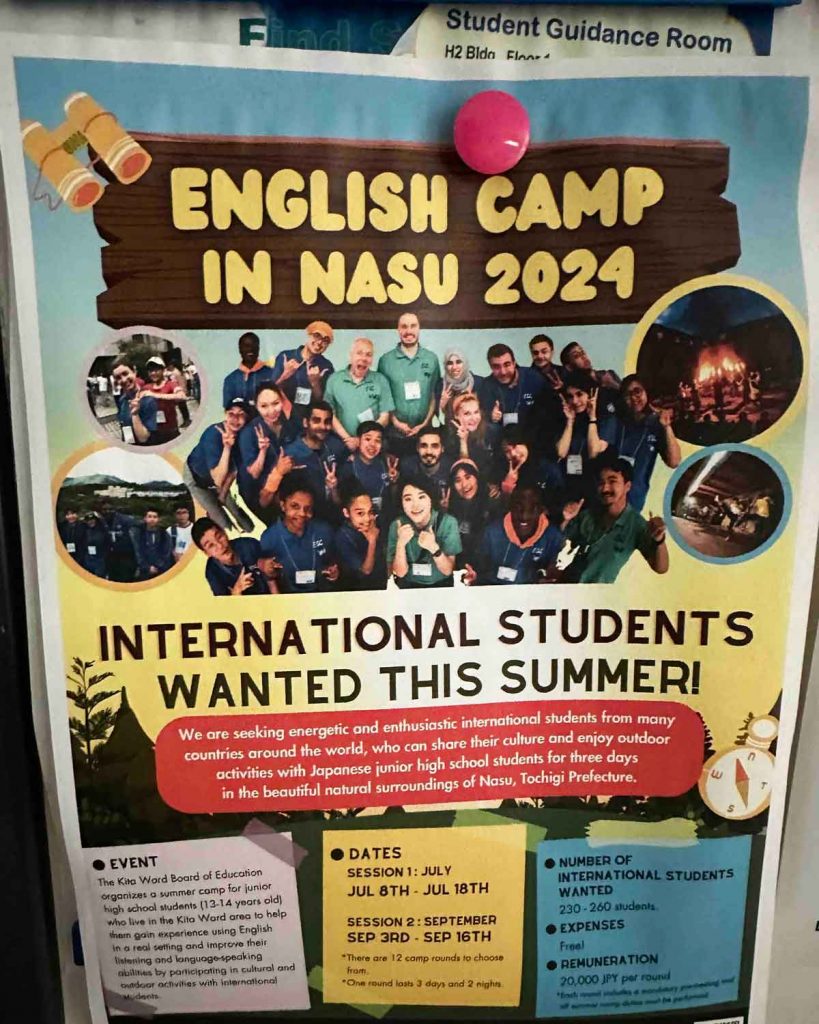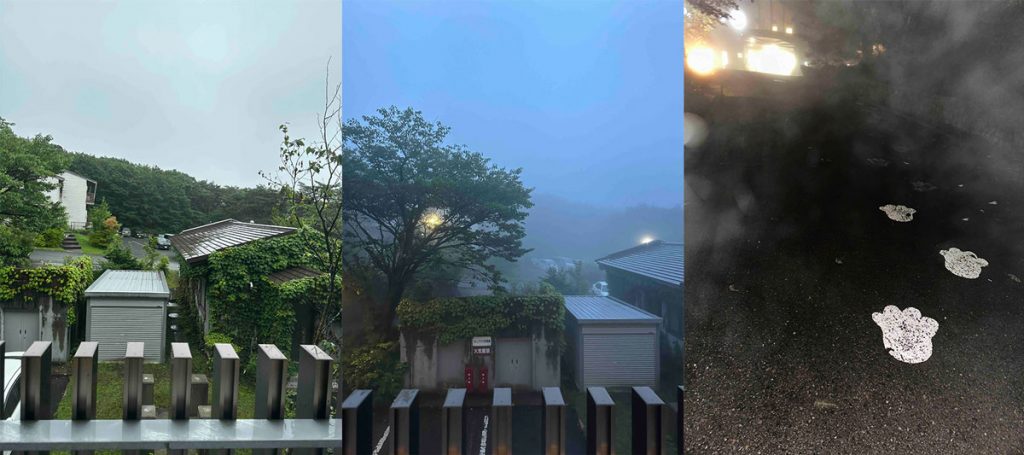A young boy stands at the edge of the skatepark, nervously clutching his board with both hands. Around him, older, more experienced skaters carve loops in the air. Stumbling, yet undeterred, they always find a way to recover and then soar yet again. He watches the way they shift their weight, how they crouch before a jump, how they laugh off a fall. And without a single word exchanged, he steps forward, places his board down, and leaps for it. Emboldened by the veterans, he clumsily makes his first moves. Before he knows it, he’s already past the hardest step.

Observational learning taps into a basic human skill: the capacity to pick up new behaviors simply by watching (dare I say, observing) others, without ever feeling the need to experience everything firsthand. In a 1973 paper, Bandura and Jeffery[1] outlined four key processes that shape this learning, that is, attention, retention, motor reproduction, and motivation. In their words, learning a behavior hinges first on how well we notice and remember what we see, while actually performing it later depends on our ability to physically replicate the action and our drive to do so.
[1] [Bandura, A., & Jeffrey, R. W. (1973). Role of symbolic coding and rehearsal processes in observational learning. Journal of personality and social psychology, 26(1), 122.]
Outside of the declining attention spans caused by the constant stream of short-form social media content, I’d argue that adults often struggle most with the final step — motivation. In the hustle and bustle of our contemporary economy, both curiosity and the willingness to learn take a significant hit. I’m talking about the all-too-common “I want to try something new” mentality that, more often than not, fades away before it even gets going.
In fact, my Japanese language learning journey has been through a similar set of ups and downs. Kanji, in particular, has been like that one video game boss that I’d be too exhausted to take on after an entire day of grinding (trust me, engineering is hard!) But let’s be honest—these are merely instances of 言い訳 (iiwake, that is, excuses). Don’t get me wrong, I do push myself at times. By partaking in a bunch of Japanese student clubs, I’ve made a lot of new friends who’ve helped immensely with my listening and speaking skills. However, after a certain point, I’d almost hit a standstill. Consistency was at a halt, and moments of leisure, though rare, were spent traveling, hanging out with friends, or simply taking much-needed breaks to appreciate the wonderful offerings of this wondrous country. As such, I couldn’t get myself to find the time, nor the energy and desire to go that extra mile anymore.

Cue June of last year, when I stumbled across a pamphlet in my old dorm (read: The Umegaoka Dormitory Experience) that advertised an English camp in Nasu, Tochigi Prefecture. “International Students Wanted This Summer!” it proclaimed. I was mildly intrigued. Upon closer inspection, I discovered that the flyer was promoting an annual exchange organized by the Kita Ward Board of Education in Tokyo, aimed at Japanese junior high school students. Think of it as a language immersion program, designed to foster cross-cultural exchange and improve students’ English skills. And they were looking for international students willing to spend a couple of days interacting with young Japanese students—an unwonted opportunity for the kids.
I applied without hesitation, even though at the time, I couldn’t quite put a finger on why. In hindsight, it was the perfect retreat to rural Japan, a chance to immerse myself in a side of the country I hadn’t yet explored. Then again, I had always been fascinated by student life here, especially the discipline and orderly conduct that seemed so deeply embedded in the culture. There was something about it that quietly appealed to me. And now I had the chance to experience it all firsthand.
The application process was rudimentary, involving just a basic interview round. A couple of weeks later, in July, off I went, venturing into uncharted territory as I scurried my way to Akabane, the camp meeting point in Tokyo. There, I had the pleasure of meeting around 19 other international students from universities across Tokyo, along with a few facilitators who were well-experienced in the art of managing large groups of shy Japanese teenagers. (I cannot overstate the sheer ebullience these facilitators need to possess in order to get the kids out of their comfort zones. They had me beyond impressed.) After an hour-long meeting where we were briefed about the campsite, etiquette, and our assigned tasks, we were free to network and get to know each other. The organizing staff was kind enough to book each of us a hotel room for the night. Akabane, being a hub for inexpensive bars and restaurants, turned into the perfect spot for an informal exchange. Many of the captains and staff gathered for dinner, enjoying good food and conversation. We were instructed to meet early the next morning to catch the bus to our assigned school in Kita Ward, where we would each be paired with a group of about five or six students.

At the school, a not-so-quick opening ceremony followed. I volunteered to address the junior high schoolers before our departure to Tochigi. “For the next three days, we captains want you all to have AS MUCH FUN as possible!” Soon after, the student leader from my group guided me to the others. The kids were incredibly sweet, though I did sense a bit of nervousness in the air! My role was to speak in slow, simple English, encouraging them to do their best and enjoy the experience. Though we had a strict no-Japanese policy, I did let my group know that I, too, was a language learner, just like them, and that I could relate to their struggles. Most of them could form only basic sentences, but it was clear they were all good listeners. Gestures and the occasional Japanese translation helped smooth our communication. I made it a point to ask as many questions as I could, both to learn about them and to get them engaged in conversation for as long as possible:
“Do you like anime?”
“Yes! Anime suki, ehh, I… like anime!”
“What’s your favorite anime?”
“One Piece!”
“Oh, mine too!” I then proudly showed them my phone case, which featured an image of the future pirate king Luffy on it. The kids were all for it!
While it’s easier to connect when sharing interests, I also made it a point to engage with the more nervous kids or those with more niche hobbies. For example, one student aspired to be a Disney character illustrator, so we spent time talking about her favorite theme parks! More banter ensued as we got on the bus and spent the next couple of hours chatting, playing games, and admiring the picturesque scenery as we made our way to a villa in Nasu, Tochigi. At one point, I noticed a bunch of kids playing 割り箸 (Waribashi), a finger game where you tap each other’s hands, add the finger counts, and try to eliminate the opponent’s hands by making them reach exactly five fingers. I was fascinated — this was the exact game we used to call “chopsticks” back home in India! I’d played it countless times with my friends when I was younger, and never imagined I’d see it here in Japan.
On the final stretch, we made our way up the hill, with the bus navigating sharp turns through extremely narrow lanes. Astonished kids hooted all through the bus, both impressed by the driver and fearing for their lives (I was just as frightened, if not more!). At last, we reached Shirakabaso Villa.
Little did I know, it wasn’t just the kids who were about to experience something transformative at the campsite. I, too, was in for a world of growth! (Continued in Part 2!)

